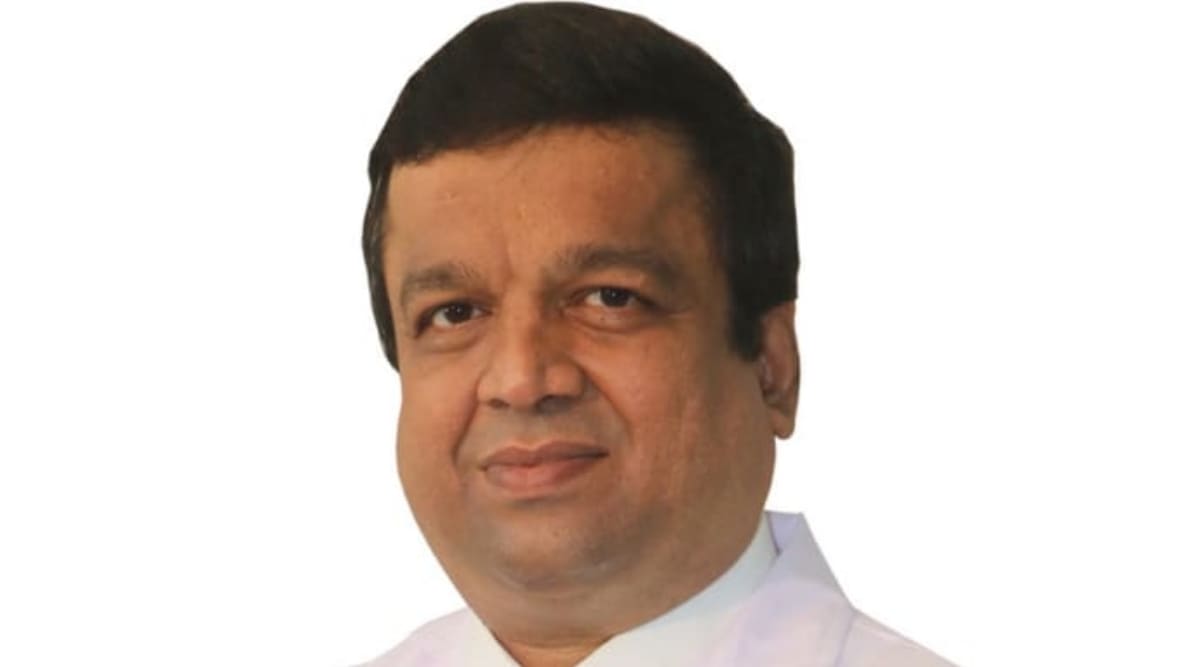 Dr Rahul Pandit.(Express)
Dr Rahul Pandit.(Express)Since April, several states, including Maharashtra, have been recording a gradual rise in Covid-19 cases. Rupsa Chakraborty speaks to Dr Rahul Pandit, Director-Critical Care of Fortis Hospitals in Mumbai, and member of the National Covid-19 Task Force, on whether the country will witness a fourth wave of the pandemic.
Some states and UTs like Maharashtra, Delhi, Kerala, and Haryana are recording a slight surge in daily Covid-19 caseload. Do you think Maharashtra may also witness more cases?
From April 1, Maharashtra stopped the mandatory Covid-19 protocol of masking up, and today we are seeing that cases have slightly gone up. In my opinion, it is going to be a small slip. Mostly, the cases would increase but it will not rise to a proportion where it will turn out into a wave. A simmering number of cases would be seen the next few months. At the moment, it is difficult to predict whether the next wave will occur or not… until and unless a new variant is detected that is more transmissible.
There is a growing fear about the new variant of Omicron, XE. Already two cases have been identified in India. What is the epidemiological characteristic of the variant?
Best of Express Premium
The new XE variant is a recombinant variant between a combination of BA.1 and BA.2, which are the two different lineages of Omicron. Recombinant variants are very rare. However, the XE variant has shown a 10 per cent advantage in transmissibility, though it’s yet to be proven.
Also, both the XE-related cases, including the debatable one found in Mumbai, had been reported weeks ago. Hence, it is very unlikely that the XE variant that was seen a few weeks ago, coupled with the fact the epidemic has not increased, would cause a significant spurt in cases. However, the pandemic is far from over. Hence, masking up should be voluntarily.
Can the XE variant be attributed to the fourth wave in Maharashtra?
I don’t think we can say for sure that the XE variant could be attributed to the spurt in Maharashtra for reasons stated above. We haven’t witnessed a surge in the number of patients since the two cases were discovered. We must increase efforts toward genome sequencing. We should collect samples from people who have travelled and those without a travel history. It will help to determine whether we are generating enough data to anticipate a new variant , and if so, where the variant has originated from.
Are you still receiving Covid-19 recovered patients with post-Covid complications?
We aren’t seeing many patients who are experiencing post-Covid complications. Though problems such as fatigue, chronic fatigue syndrome, Varicella-Zoster infection and Psoriasis are being reported in a few. However, it is tough to identify whether these complications were caused post-vaccination or post-Covid.
With the flattening of the pandemic curve, not many are coming forward to get jabs, especially the booster doses.
The virus is still in circulation… The ICMR and the Union government has formulated committees like INSACOG and NTAGI that have been closely monitoring vaccination programmes. We should honour their judgment and guidelines. Now, the question arises ‘why people aren’t taking the second jab’? I believe that many lose interest, and this coupled with the fact that the adult vaccination programme was never a priority in our country and rumours about vaccination, has led to people having some uncertainties.
What has been your learning experience in the last two years?
For doctors and healthcare professionals, dealing with the pandemic has been a roller coaster journey. While we felt good when we saved some people, when we lost young lives as well. We also were on the receiving end of the infection. Many hospital workers, including doctors, died. Every individual has fought this virus in his or her own capacity and it is not fair to differentiate between us and others.
The pandemic exposed the infrastructural loopholes in the health system. What suggestions do you have for the state and corporations?
Healthcare infrastructure comprises two things – the physical infrastructure and the people who manage and use the infrastructure. We were able to mass produce and very quickly bring in necessary safety equipment such as PPE kits, masks, gloves and other essentials. We were able to bring hospital set-ups up to speed by installing new equipment and improving infrastructure as well as importing and producing ventilators, ICU equipment and beds.
But we haven’t been able to build and sustain the necessary workforce to manage patients. This is never easy because finding a doctor who is trained in intensive care and infectious disease takes a whole cycle of their academic session, and it takes three to five years after they finish their MD or MBBS to create one intensive care specialist. We must establish processes to train additional infectious disease and intensive care specialists – the two main branches that are short-skilled but crucial for the running of the healthcare machinery.
We need more trained doctors, establish research infrastructure at the grassroot level, maintain the physical infrastructure and try to build hospitals and institutes that will deal with infectious diseases.
- The Indian Express website has been rated GREEN for its credibility and trustworthiness by Newsguard, a global service that rates news sources for their journalistic standards.

